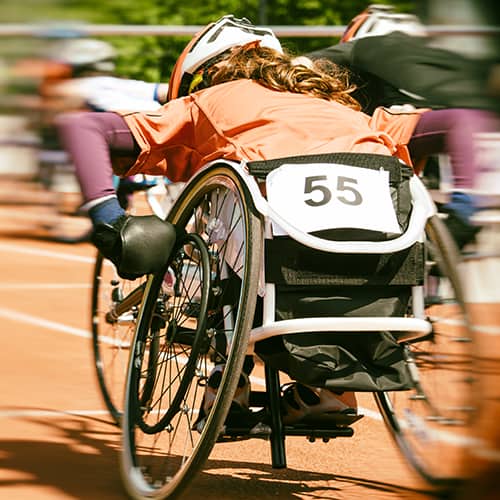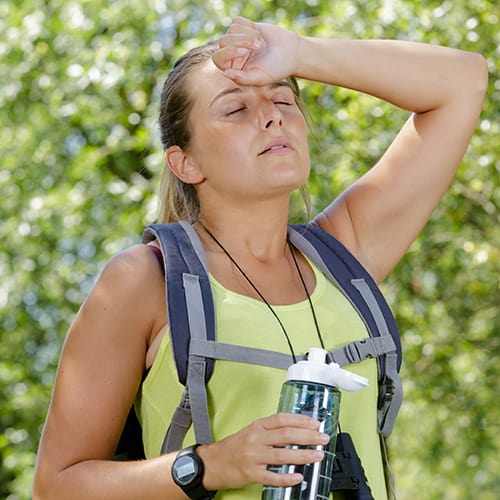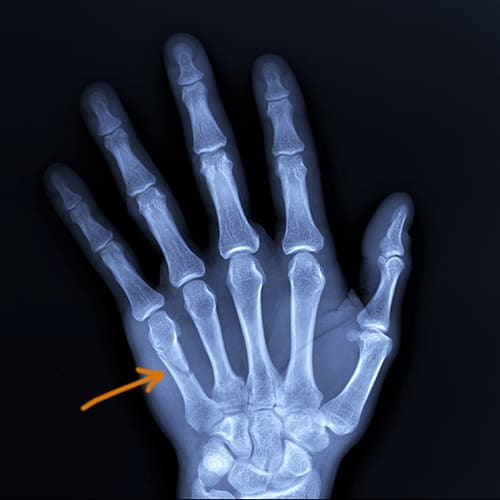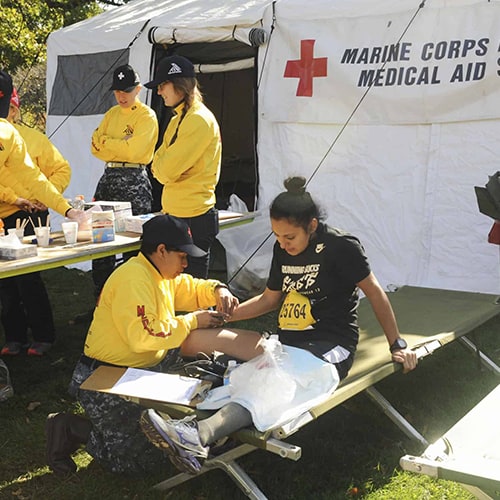
ERA RECERTIFICATION ONLINE IMMERSIVE COURSES
To register for the ERA Recertification course, go to the CALENDAR and select the listing showing the immersive course you want to study.
Be sure to choose whether you want to attend in person or virtually.
You will receive your certificate after completing the ERA Recertification course in its entirety and filling out the post-course survey.

Emergency Care of the Aging Athlete
Aging individuals should not have to give up recreational and/or competitive activities. In fact, research shows there are many benefits of maintaining an active lifestyle throughout the entire age spectrum. This immersive course will focus on considerations of aging athletes with a focus on co-morbidities and special needs for sideline care.

Autonomic Dysreflexia & Boosting in Adaptive Sports Athletes
As adaptive sports become more mainstream and para athletes push to be involved in all levels of competition, it is imperative for sports care providers to understand specifics of caring for these individuals. For example, autonomic dysreflexia and boosting are areas that can create significant problems with athletes in adaptive sports.

Emergency Response for Baseball & Softball
America’s pastime sports involves all ages of athletes from youth sports to the major leagues and Olympics. Understanding the common injuries and their mechanisms of injury are key in helping to care for athletes in baseball and softball.

Disorders Associated with Heat Exposure
Exertional heat illness spans the spectrum of muscle cramps to life threatening heat stroke. Symptoms can be made worse when athletes have an underlying condition of sickle cell trait or develop rhabdomyolysis. Inexperienced athletes will often over-hydrate as a precaution for dehydration but then end up with exercise associated hyponatremia. All these conditions have serious risks associated. This module will review epidemiology, physiology, signs and symptoms, and key factors sports providers should be aware of to effectively respond to an athlete experiencing heat-related illness.

Management of Common Upper Extremity Sport Injuries
The upper extremity is a versatile limb capable of gross and fine motor movement and susceptible to injuries from traumatic events and overuse. Understanding common injuries and their care is key to getting athletes back to full function.

Venue Equipment & Supplies and EAPS
Each sport has unique requirements for medical supplies and equipment; sometimes, having the appropriate supplies and equipment on hand can mean the difference between life and death. Understanding what is needed on the sideline is necessary to provide the best care. Emergency Action Plans, written and practiced frequently with the supplies/equipment, help to prepare the sports provider for any emergency.

Common Medications in Sports Medicine
Although the sports provider may not be credentialed to order or administer medication it is imperative they understand the most common meds used in the sports setting and understand their actions, interactions, and side effects.

